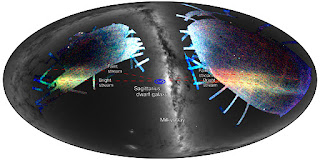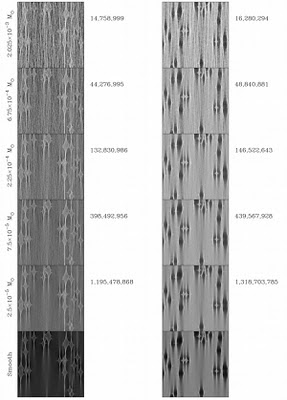Ah Bottomium!
When I was an undergraduate student, I had thought about becoming a particle physicist, but a summer school first at the Rutherford Labs (working on proton-anti-proton scattering) and then CERN (search for charged Higgs particles) beat that out of me :) There is a lot of chatter about the Higgs out there at the moment, but unfortunately I think that a lot of it illustrated the poor understanding of statistics by journalists (and even scientists). p-values make me weep. But I thought I would talk about something else, the the discovery of bottomium at the LHC. Funnily enough, it's not actually a new particle, and that's something I thought I would try and explain. Let's start with a picture - what's this? Of course, it's an atom. Well, except we know this is just a schematic picture of an atom, a nucleus with some electrons whizzing around. A real atom is more complex than this, being described by the laws of quantum mechanics. Electrons are not little




